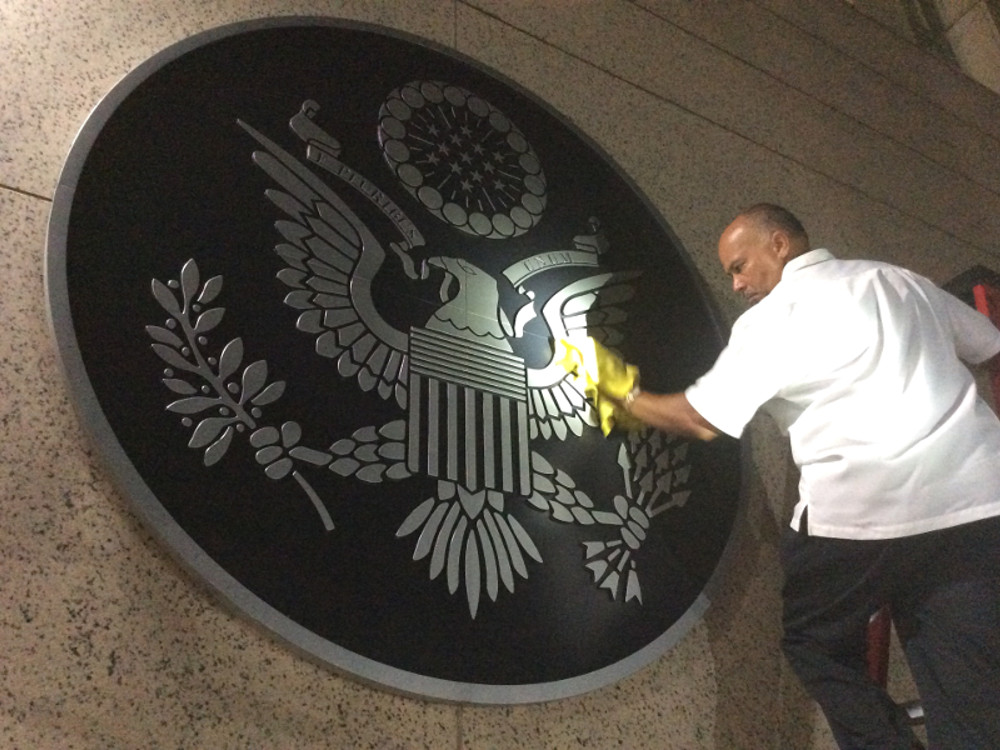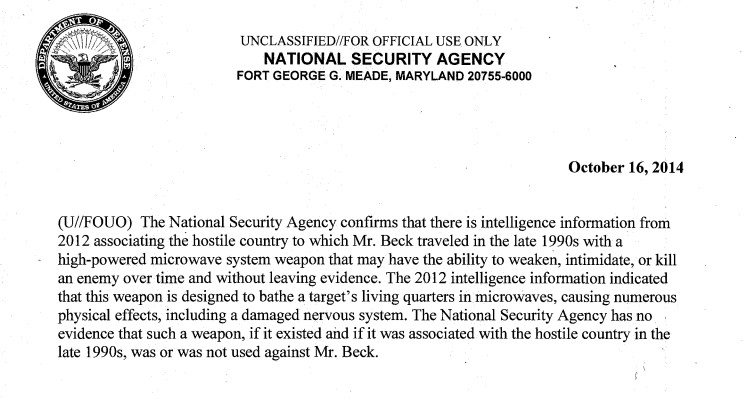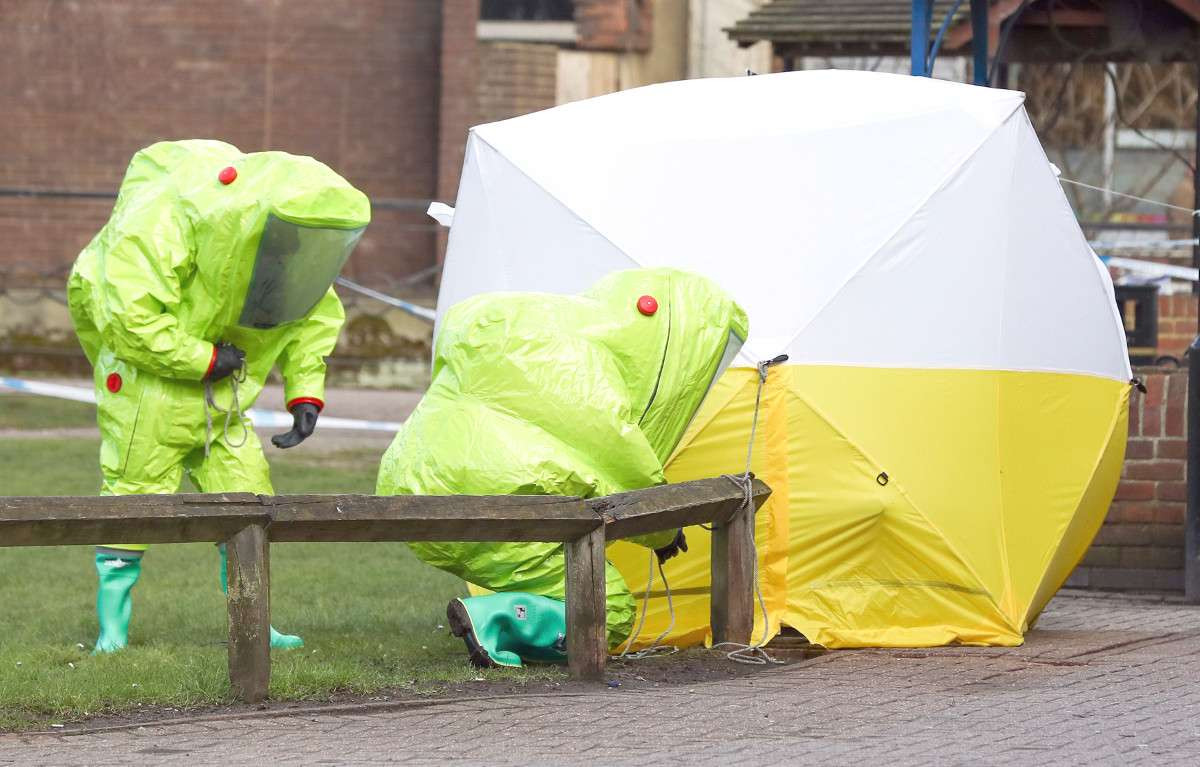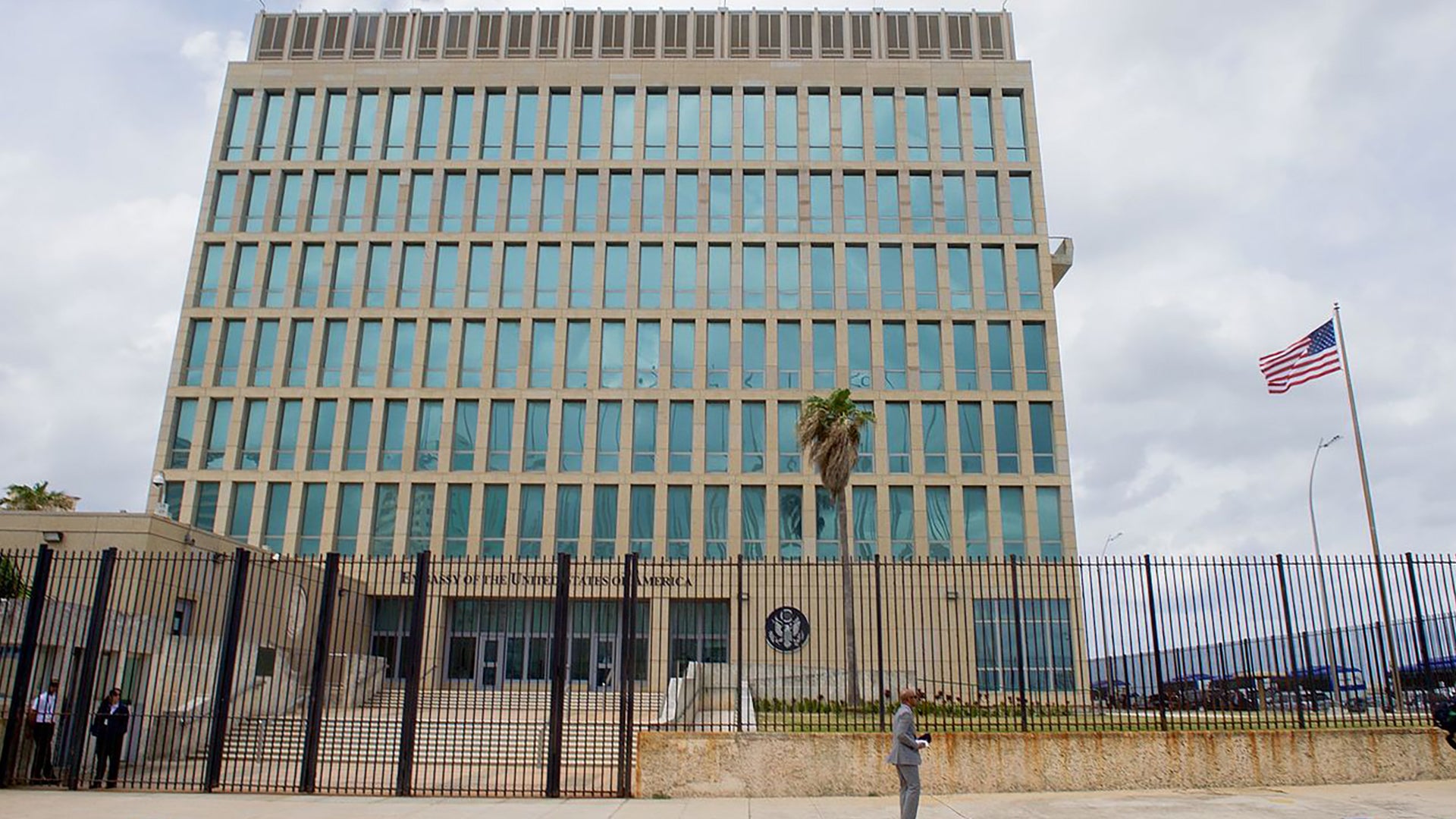The U.S. government reportedly has intelligence that indicates Russia is behind a spate of bizarre attacks on American diplomats in Cuba and China. At the same time, American officials are trying to recreate the weapon the attackers might have used with help from the U.S. Air Force. If the Russian connection is true, the incidents would represent a significant escalation in the Kremlin’s already aggressive policies
toward the United States, but it would also be in line with a growing number of brazen Russian acts against their opponents overseas, including the attempted assassination of a former intelligence agent in the United Kingdom.
On Sept. 11, 2018, NBC News reported, citing unnamed U.S. government officials, that American intelligence agencies had unspecified communications, such as phone calls or Emails, that they had intercepted, which pointed to Russian involvement in the attacks. As of June 2018, doctors have diagnosed more than two dozen individuals with traumatic brain injuries and other serious health issues that allegedly stem from incidents involving an unknown weapon dating back to at least late 2016.
“The State Department has come to the determination that they were attacks,” Peter Bodde, who was previously U.S. Ambassador to Libya and is now in charge of the interagency task force looking into the incidents, told members of Congress earlier in September 2018. There is “no reason to believe this was anything but an intentional act,” another U.S. official separately told NBC News.
U.S. officials do not feel confident enough to publicly accuse the Kremlin and the investigation has not yet reached a formal conclusion. The weapon that the attackers used, as well as how it actually injures or sickens an individual, remains undefined, at least publicly.

On Sept. 1, 2018, The New York Times reported that doctors and scientists were more and more inclined to believe that the incidents involved some sort of high-powered microwave directed energy weapon. Research in these systems for both destructive and non-lethal applications dates back to the 1960s and continues in the United States to this day. The Soviets spent considerable resources on the development of these systems, as well. Modern day Russia has since inherited that knowledgebase.
In 2014, the National Security Agency (NSA) confirmed that it had “intelligence information” regarding a “a high-powered microwave system weapon that may have the ability to weaken, intimidate, or kill an enemy over time and without leaving evidence,” according to a statement that Washington lawyer Mark Zaid, who routinely works with clients on cases dealing with classified material, obtained and subsequently released to The Times. “The 2012 intelligence information indicated that this weapon is designed to bathe a target’s living quarters in microwaves, causing numerous physical effects, including a damaged nervous system.”
At the time, the NSA said it had no evidence that the unnamed “hostile country” in question had or had not used this weapon against Zaid’s client. It was unclear whether the agency had information to confirm or deny whether it even existed, either.

Regardless, it did indicate that there continue to be at least raw, unconfirmed intelligence reports that these kinds of systems exist or at least remain in development among the United States’ opponents abroad. Now, Ambassador Bodde’s task force has reportedly been working to try and reverse engineer the weapon with help from U.S. Air Force personnel at Kirtland Air Force Base in New Mexico, who are also helping to develop various directed energy weapons.
On Aug. 14, 2018, the U.S. government also brought together representatives from the Department of Energy – including Sandia National Laboratories’ facility in Livermore, California – the National Institutes of Health, and the State Department to video conference with experts attending a neurotrauma conference in Toronto. Physicians from the University of Pennsylvania, who have been treating the victims, had presented their latest findings at that event.
Members of the Canadian government, who says its diplomats in Cuba also suffered from mysterious attacks, were also present at this multi-location meeting. Unfortunately, there remains no exact medical explanation for what happened or that might conclusively point to a particular type of weapon.
The video below shows an experimental non-lethal high-powered microwave weapon the U.S. military is developing to stop vehicles.

Even with the available evidence pointing more and more toward the Kremlin, it’s still difficult to identify the exact motives for the attacks or determine whether Cuban or Chinese authorities might have been or still be involved in some way. The most obvious objective for Russia would be to try and drive a wedge between the United States and Cuba and China, as well as make it difficult, if not impossible for the U.S. government to just conduct diplomatic activities in either of those countries.
It is possible the Kremlin felt that the thaw in U.S.-Cuban relations under President Barack Obama threatened its position as the island’s main political and international partner, which in turn could have potentially curtailed its ability to conduct military and intelligence operations there. In 2014, Russia had reopened a Soviet-era listening post and around the same time the first attacks reportedly occurred, there were reports that the Kremlin was looking to restart operations at other bases, as well.
If this is the case, the Russians have been successful to some degree. The United States has removed all non-essential diplomatic personnel, as well as dependents, from Cuba and, at least initially, the incidents caused a rupture in U.S.-Cuban relations. Despite authorities in Havana denying any knowledge or understanding of what was going on, the U.S. government expelled Cuban officials from the United States in retaliation.
In June 2017, U.S. President Donald Trump also announced he was reimposing various restrictions on American engagement with Cuba that Obama had relaxed. However, Trump had already pledged to do this as a presidential candidate in 2016 well before the first attacks occurred.

The U.S. should “desist from the continued political manipulation of the alleged health cases,” Cuban officials said after a bilateral meeting in Washington in June 2018. Cuba’s Foreign Ministry also accused the U.S. government of exploiting the situation as a pretext to downsize its diplomatic activities on the island and bring efforts to further normalize relations between the two countries to a virtual halt. Still, despite the incidents, the two countries do continue to maintain formal diplomatic relations.
When it comes to China, the Trump Administration has done a lot to chill relations with that country itself with an escalating trade war. As such, it is difficult to tell if the reported incidents at the American consulate in the city of Guangzhou have done anything to contribute to the animus between Washington and Beijing. It has, however, led to a similar drawdown in U.S. government activities at that site.
Of course, the motivation would only have to make sense to the Russians themselves, who are already waging a massive information warfare campaign against the United States and its allies, peddling a wide array
of conspiratorial claims to deflect from their own
malign activities. At the same time, Russia is still working to influence the outcome of various American elections, or at least sow confusion and chaos in their proceedings.
Violent attacks on American diplomats wouldn’t necessarily be unprecedented, either, given Russia’s recent willingness to engage in brazen attacks against their opponents, including outright attempts to kill them. In March 2018, the Kremlin’s agents haphazardly used a secretive nerve agent to try to assassinate Sergei Skripal, a retired intelligence agent living in the United Kingdom, underscoring the Russian government’s apparent attitude toward these types of clandestine operations.

The use of some sort of less-than-lethal microwave weapon that creates complicated and difficult to categorize symptoms would offer much greater plausible deniability than a nerve agent attack, or really any kind of direct physical assault for that matter. Depending on how big the device might be, it could be much easier to conceal from the host country’s own authorities, too.
Whatever is actually going on, the State Department has no way of doing anything about, at least not yet, according to NBC News. It is now offering bonus pay to anyone who goes to work in Havana in an attempt to get the Embassy running closer to full capacity again.
There haven’t been any reports of new attacks since May 2018, but there have been extended periods without any apparent incidents before. In the meantime, the U.S. government’s investigation continues, but, if NBC News’ report is accurate, we may finally be getting closer to at least some answers.
Contact the author: jtrevithickpr@gmail.com
